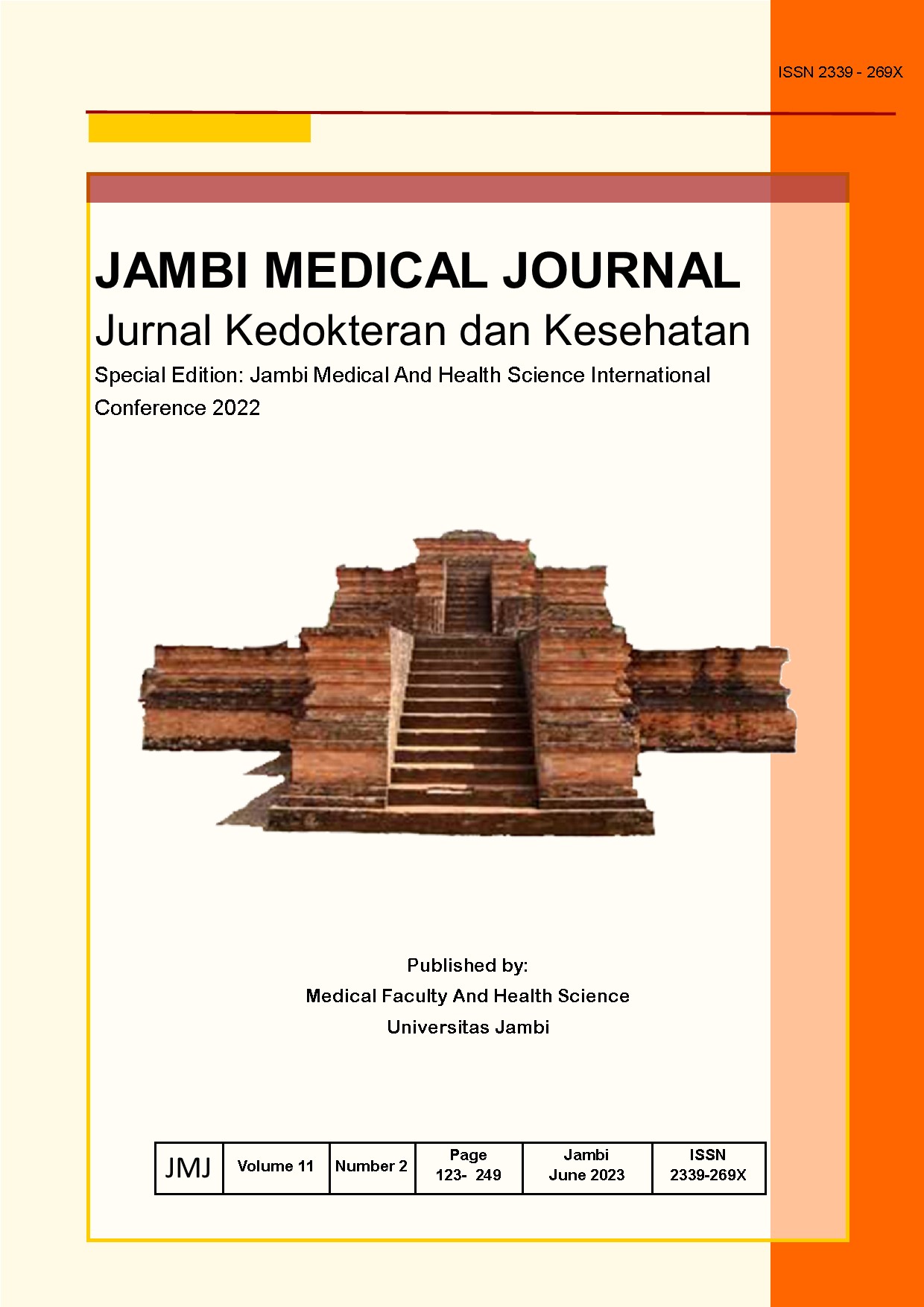ADOLESCENT PREGNANCY IN JAMBI PROVINCE BASED ON HEALTH AND EDUCATION PERSPECTIVE
DOI:
https://doi.org/10.22437/jmj.v11i2.25031Abstract
ABSTRACT
Background: Many challenges must be faced when entering adolescence, being attracted to the opposite sex, trying new things and behaviors that will be carried for life. If it cannot be controlled properly, it will result in dangerous behavior which will result in one of them being teenage pregnancy. Many adolescent pregnancies occur due to low access to health and education services, the same thing also happened in Jambi Province.
Obective: The purpose of this study is to see how the phenomenon of adolescent pregnancy is in terms of health and education.
Method: This research is a qualitative research with 33 informants consisting of 1 Jambi Provincial Health Office, 1 Jambi Provincial Education Office, and 31 youth in 10 districts/cities in Jambi Province.
Result: The results of in-depth interviews show that there are still many adolescents who have not utilized reproductive health services at existing health facilities and also the occurrence of pregnancies during the school period makes adolescents drop out of school and are lazy to continue their education due to constraints on husband's permission, child care, and financial circumstances.
Conclusion: The lack of information regarding reproductive health and the low level of education that has been completed have proven to influence the decision of adolescents in Jambi Province to marry earlier than the proper age.
Keywords: Adolescent Pregnancy, Education, Health.











